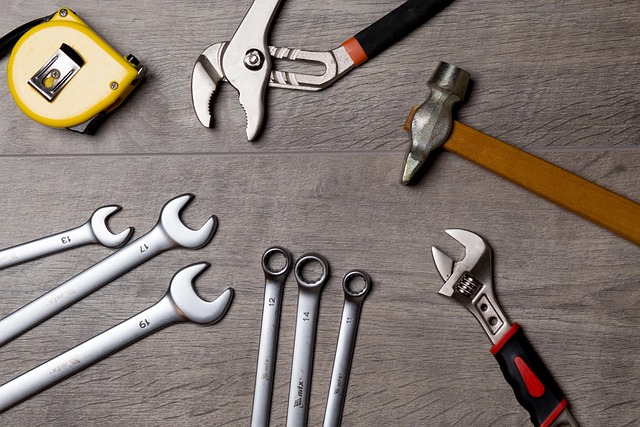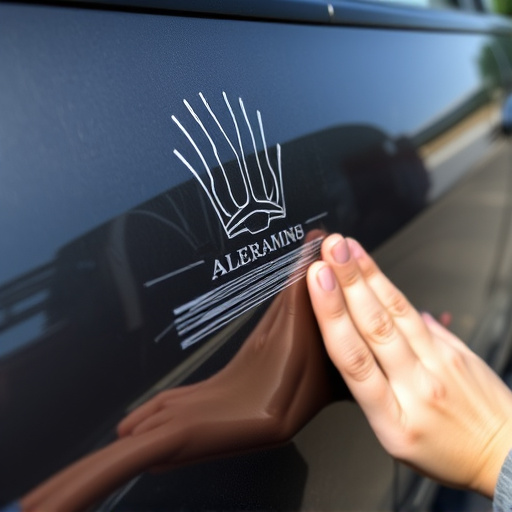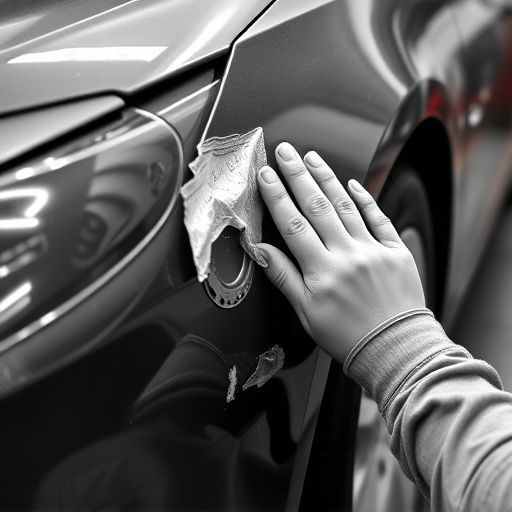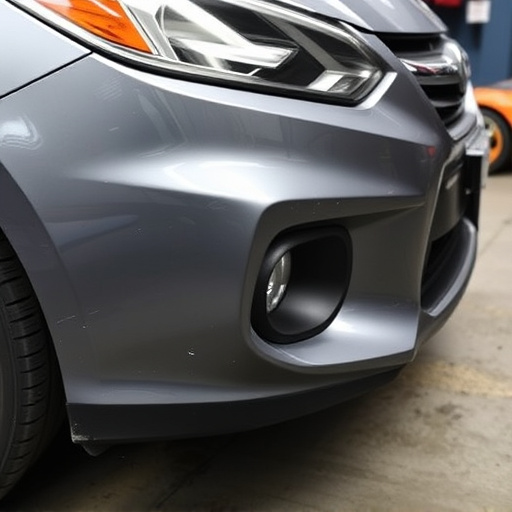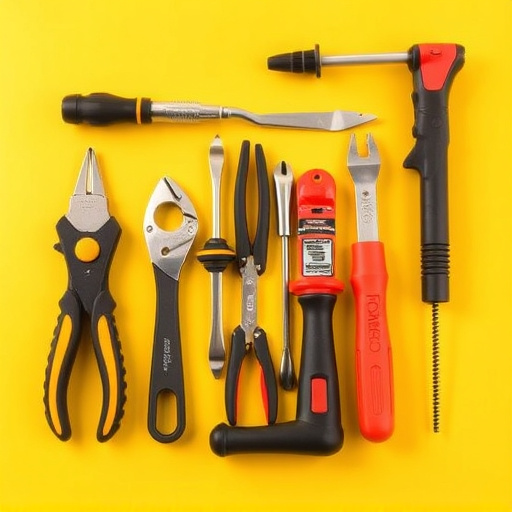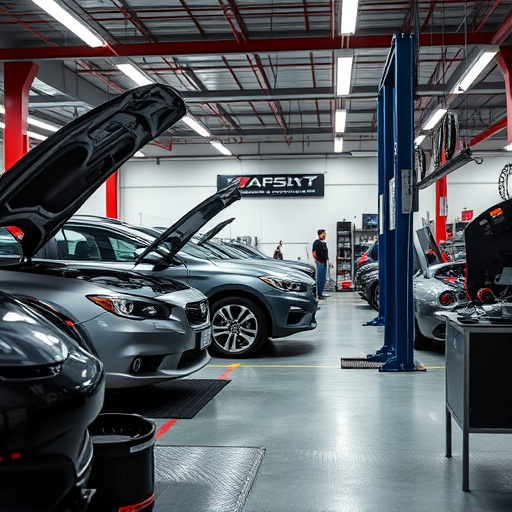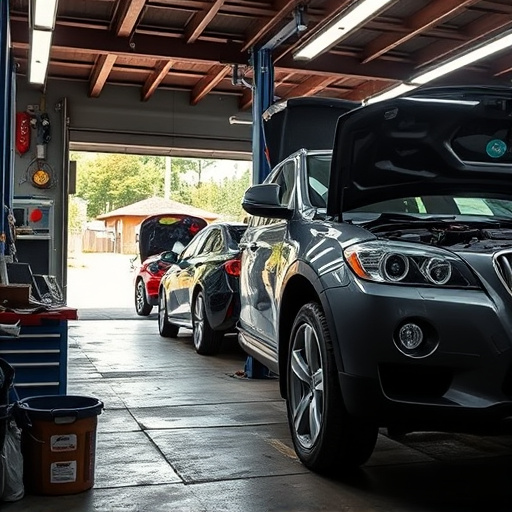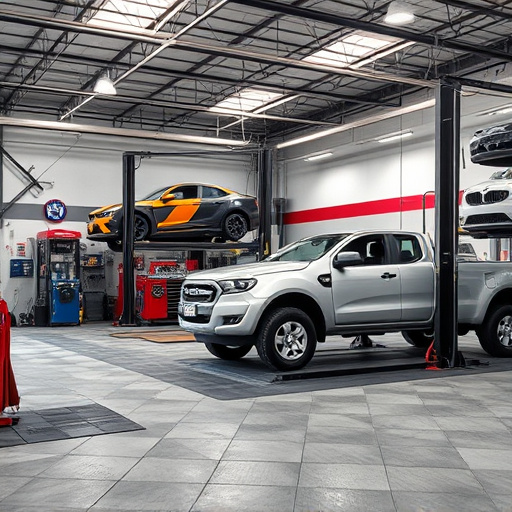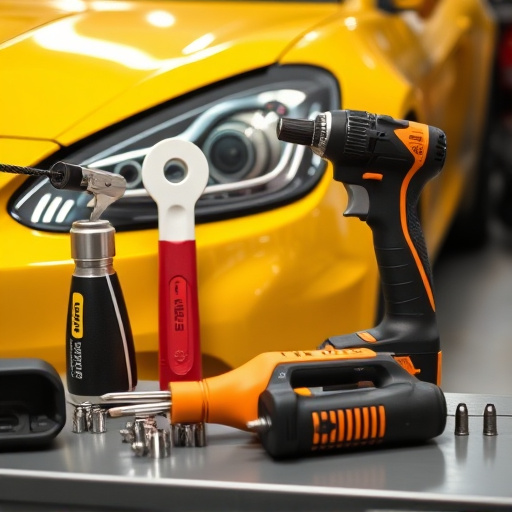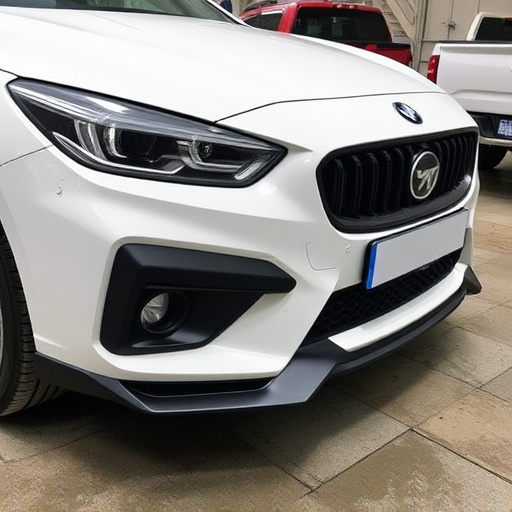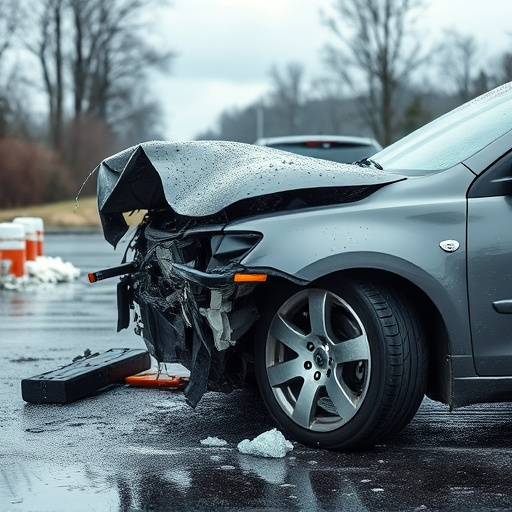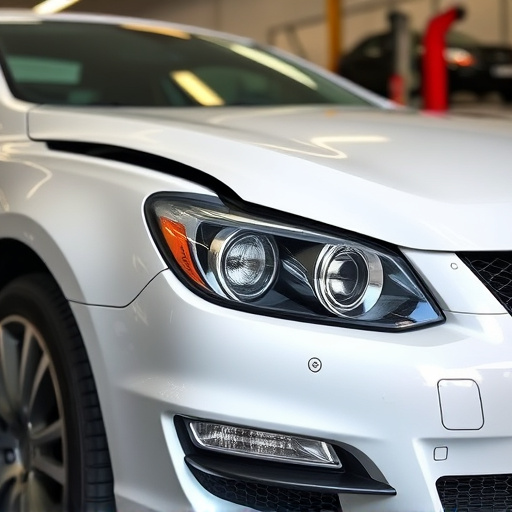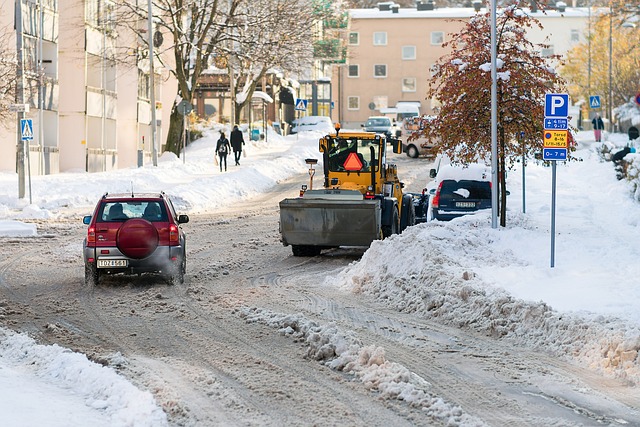Spot welding systems revolutionize collision repairs with enhanced precision and efficiency, reducing human error, minimizing material waste, saving costs, and preserving natural resources. These versatile tools securely join diverse materials, ensuring structural integrity and aesthetic appeal while facilitating faster turnaround times and superior craftsmanship for high-quality auto body services.
Spot welding systems are transforming collision repairs, offering enhanced precision for efficient, accurate work. This technology reduces material waste, making it an eco-friendly solution that minimizes the environmental impact of auto body repairs. Moreover, its versatility allows technicians to handle a wide range of vehicle parts effectively. By adopting spot welding systems, repair shops can achieve superior results, increase productivity, and contribute to a more sustainable future.
- Enhanced Precision for Efficient Repairs
- Reduced Material Waste: An Eco-Friendly Approach
- Versatility in Handling Diverse Vehicle Parts
Enhanced Precision for Efficient Repairs

Spot welding systems have revolutionized collision repairs by offering enhanced precision and efficiency. These advanced machines allow for accurate and consistent welds, ensuring that car dent removal and fender repair processes are precise and reliable. With spot welding, technicians can quickly and cleanly make specific welds on various auto body panels, facilitating faster turnaround times in car paint repair procedures.
The precision provided by spot welding systems reduces the risk of human error, which is crucial in intricate fender repair tasks. This technology enables mechanics to focus more on quality control, ensuring every weld meets the required standards. As a result, customers benefit from superior craftsmanship and longer-lasting repairs when it comes to car dent removal and beyond.
Reduced Material Waste: An Eco-Friendly Approach

Spot welding systems play a pivotal role in minimizing material waste during collision damage repairs, making them an eco-friendly option for both auto repair shops and vehicle owners. Traditional welding methods often result in significant scrappage due to their inherent imprecision, leading to more raw materials being consumed. In contrast, spot welding is a targeted technique that precisely fuses specific points on metal components, reducing the overall amount of material needed.
This reduced material waste not only translates to financial savings for auto repair shops offering collision damage repair services but also has a positive environmental impact. By utilizing spot welding systems, these shops can contribute to sustainability efforts by decreasing their carbon footprint and preserving natural resources, which are vital for future manufacturing processes.
Versatility in Handling Diverse Vehicle Parts

Spot welding systems offer unparalleled versatility when it comes to handling diverse vehicle parts, making them an indispensable tool in the realm of collision repairs. These systems can seamlessly join a wide array of materials, from thin metal panels to robust structural components, ensuring precise and secure connections. This adaptability is particularly beneficial for auto body services, as technicians can efficiently restore vehicles with various makes and models without compromising on quality or durability.
Moreover, the precision afforded by spot welding systems reduces the risk of damage to surrounding areas, which is crucial for intricate automotive restoration projects. Unlike traditional joining methods, spot welding provides localized heat impact, minimizing heat-related distortions or paintless dent repair complications. As a result, vehicles undergoing collision repairs can be restored to their original condition, enhancing both structural integrity and aesthetic appeal.
Spot welding systems have emerged as a game-changer in collision repairs, offering enhanced precision, reduced material waste, and versatility. By leveraging these benefits, auto body shops can streamline their operations, contribute to an eco-friendly approach, and deliver high-quality repairs faster. Incorporating spot welding into your workflow could be the key to staying competitive in today’s automotive industry.
